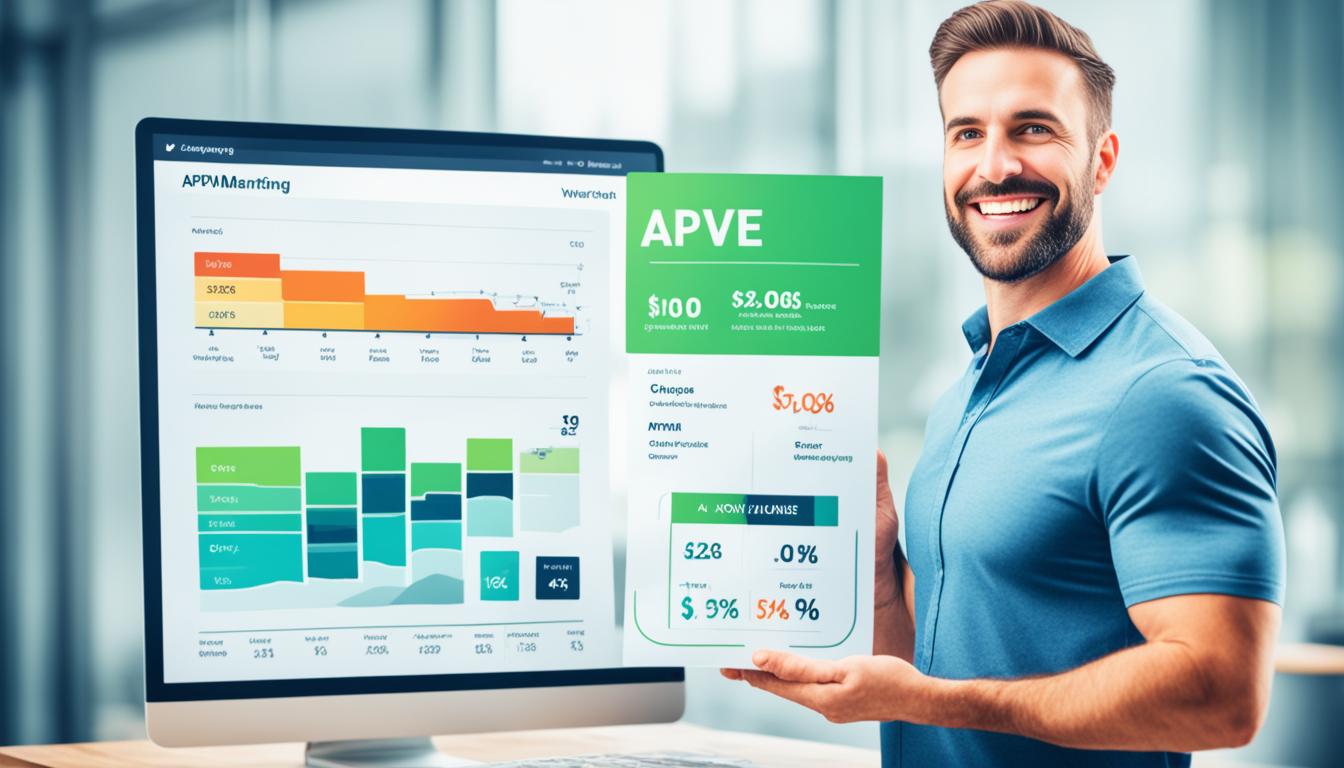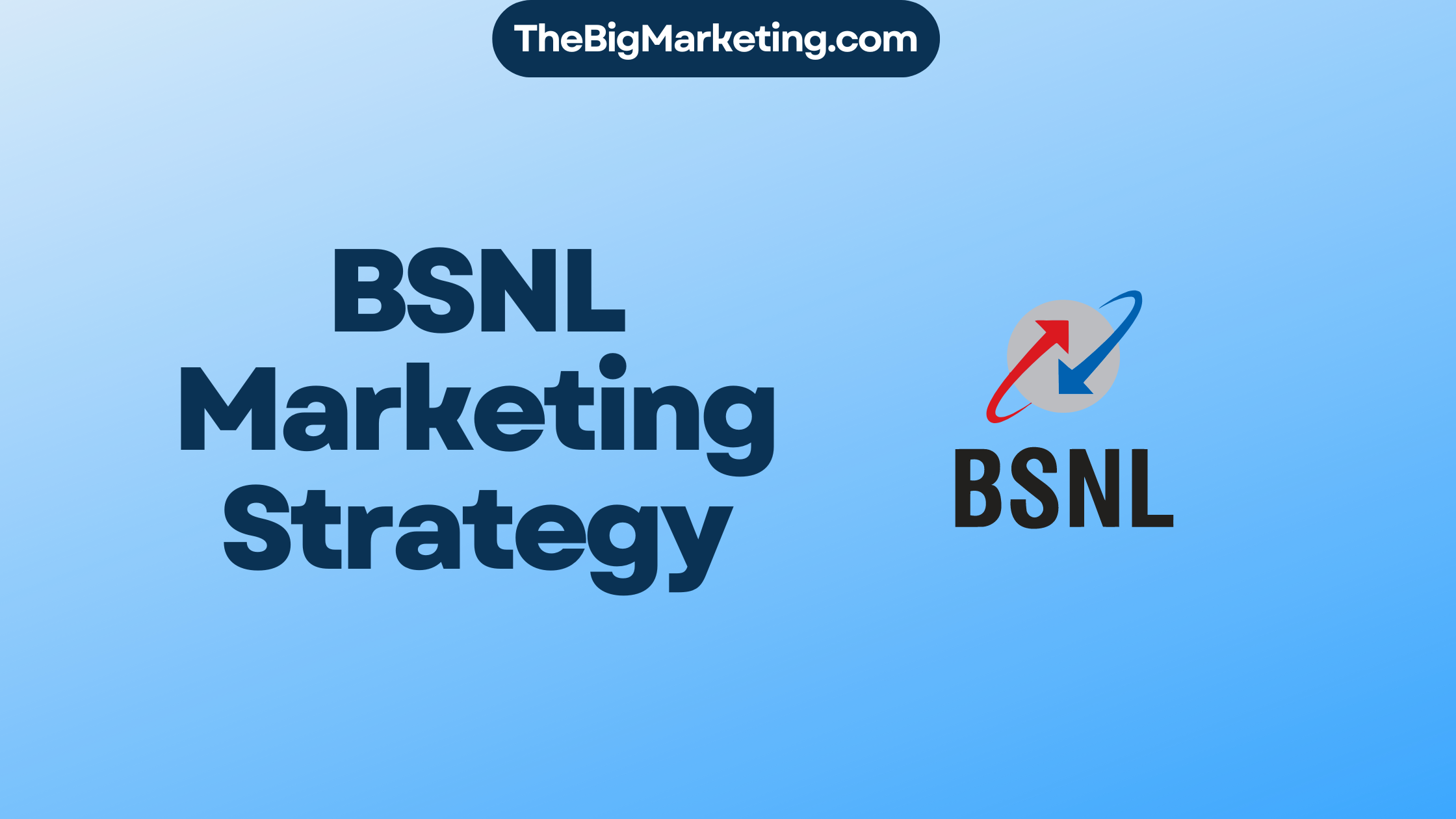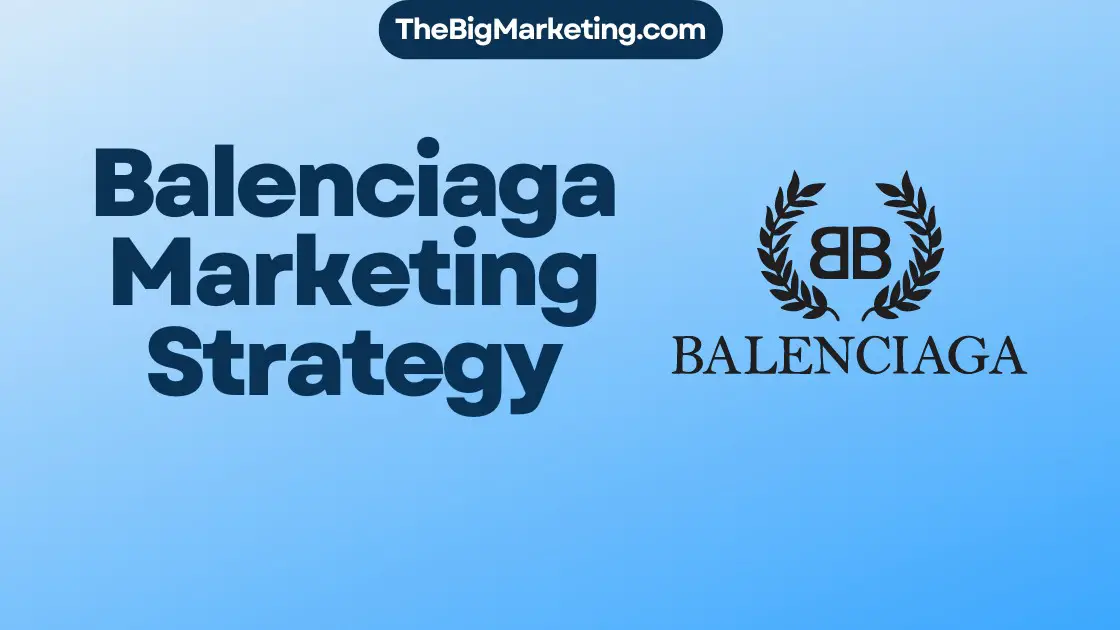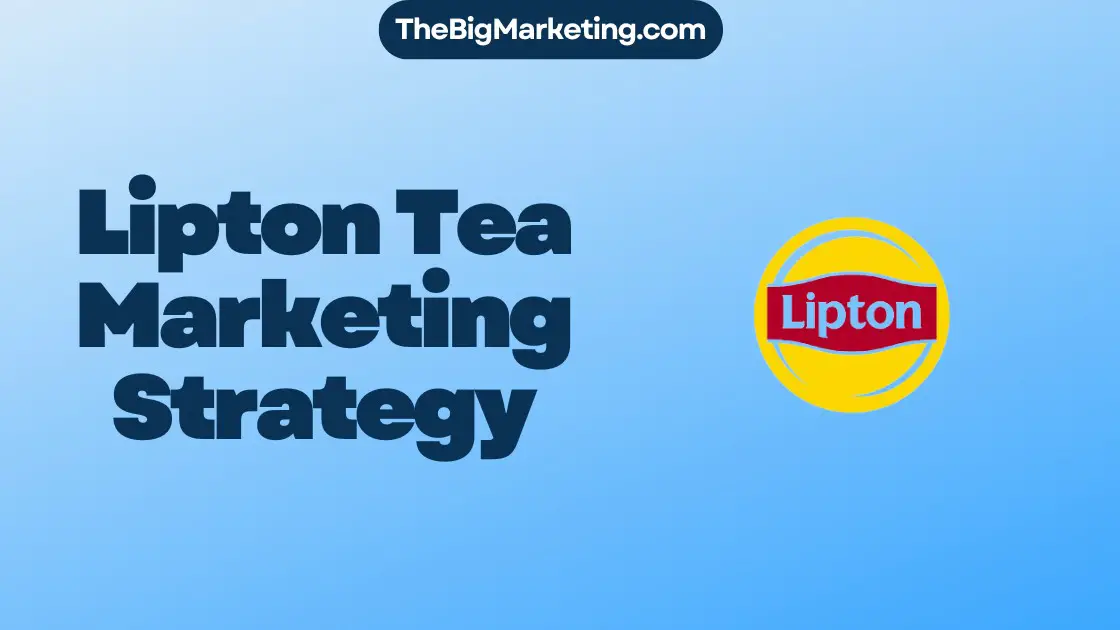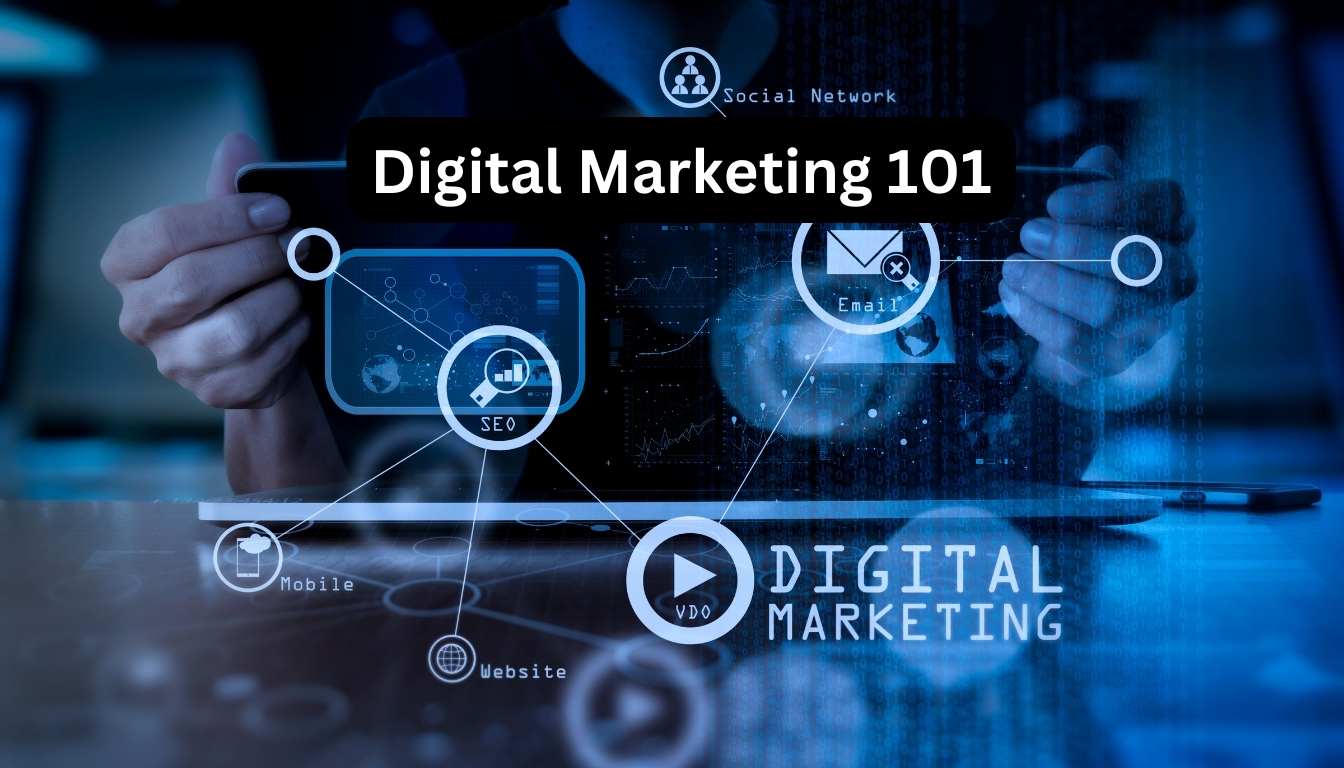Developing an effective B2B marketing strategy is crucial for businesses looking to connect with their target audience and drive results. With the unique dynamics of B2B marketing, it’s essential to plan carefully and understand the key elements that make a strategy successful. In this article, we will guide you through the steps to develop a comprehensive B2B marketing strategy that resonates with your business audience and helps your business thrive in the competitive marketplace.
From understanding the differences between B2B and B2C marketing dynamics to identifying your target audience and establishing your unique value proposition, we will cover all the essential aspects of developing an effective B2B marketing strategy. By the end of this article, you will have the knowledge and insights to create a strategy that stands out in the B2B marketplace and drives tangible results for your business.
Key Takeaways:
- An effective B2B marketing strategy requires careful planning and understanding of the unique dynamics of B2B marketing.
- Understanding the differences between B2B and B2C marketing dynamics is crucial for tailoring your strategy to effectively reach and engage your target audience.
- Identifying your B2B target audience is a crucial step in developing an effective marketing strategy; firmographics and technographics play a vital role in this process.
- Establishing a unique value proposition sets your business apart from competitors and highlights the value you provide to customers.
- Developing detailed buyer personas helps you tailor your marketing efforts and craft relevant messaging that resonates with your target audience.
Understanding B2B vs B2C Marketing Dynamics
Before delving into the details of developing a B2B marketing strategy, it’s important to understand the fundamental differences between B2B and B2C marketing dynamics. B2B marketing focuses on selling products or services to other businesses or organizations, while B2C marketing targets individual consumers.
In B2B marketing, the buyer journey and decision-making process are often more complex, involving multiple stakeholders and longer sales cycles. B2B marketing also places a greater emphasis on relationship-building and establishing trust.
On the other hand, B2C marketing generally involves shorter sales cycles and a more emotional, personalized approach. Marketers in the B2C space often focus on tapping into consumer desires, aspirations, and emotions to drive purchasing decisions.
Furthermore, the marketing channels used in B2B and B2C marketing can vary significantly. B2B marketing tends to rely heavily on targeted email campaigns, networking events, industry publications, and content marketing strategies. B2C marketing, on the other hand, often leverages social media platforms, influencer marketing, and traditional advertising channels to reach a broader consumer audience.
By understanding these distinctions, you can tailor your marketing strategy to effectively reach and engage your target audience in the B2B marketplace.
Key Steps to Identifying Your B2B Target Audience
Identifying your B2B target audience is a crucial step in developing an effective B2B marketing strategy. To ensure your marketing efforts are targeted and yield maximum results, it’s important to understand who your ideal customers are and tailor your messaging accordingly. This section will guide you through key steps in identifying your B2B target audience, allowing you to connect with the right prospects and drive business growth.
The Importance of Firmographics in B2B Targeting
Firmographics is an essential tool for B2B targeting and customer segmentation. It involves considering demographic data specific to businesses, such as company size, location, industry, annual revenue, and number of employees. By analyzing firmographic data, you can gain insights into the characteristics and needs of your target audience, enabling you to tailor your marketing strategies and messages accordingly. Firmographics helps you better understand your customers and ensures your marketing efforts are directed towards the most relevant prospects.
Leveraging Technographics for Precision Marketing
Technographics is another powerful tool that allows you to segment your B2B target audience based on the technology they use. By understanding the technology preferences and capabilities of your customers, you can deliver personalized marketing messages that resonate with their specific needs. Technographics help you identify opportunities to reach your target audience through the right channels and optimize your marketing efforts for better engagement and conversions.
Utilizing Needs-Based and Tiering Segmentation
Needs-based segmentation involves grouping customers based on their most important needs, challenges, or pain points. By understanding the unique needs of different customer segments, you can develop targeted marketing campaigns that address their specific concerns and offer tailored solutions. This approach allows you to build stronger connections with your target audience and position your business as a trusted partner.
Tiering segmentation, on the other hand, involves categorizing customers based on specific criteria such as their value to your business or their stage in the buying process. This approach helps you prioritize your marketing efforts and allocate resources effectively, ensuring that you focus on high-value prospects and optimize your return on investment.
By integrating firmographics, technographics, needs-based segmentation, and tiering segmentation, you can gain a comprehensive understanding of your B2B target audience. This knowledge empowers you to develop tailored marketing strategies, personalize your messaging, and engage your target customers effectively.
| Segmentation Approach | Benefits |
|---|---|
| Firmographics | – Gain insights into target audience characteristics |
| Technographics | – Deliver personalized marketing messages |
| Needs-based segmentation | – Address specific customer pain points |
| Tiering segmentation | – Prioritize marketing efforts and resources |
Establishing Your Unique Value Proposition
In order to stand out in the competitive B2B marketplace, it is essential to establish a unique value proposition. Your unique value proposition defines what sets your business apart from competitors and highlights the value you provide to customers. This section will guide you through the process of developing a compelling unique value proposition that resonates with your target audience. By clearly articulating your business’s unique selling points and differentiators, you can attract and retain customers, and position your business as a leader in the industry.
To establish your unique value proposition, you need to focus on your business differentiation and competitive advantage. By understanding what makes your product or service different and better than others in the market, you can create a value proposition that effectively communicates your USP to your target audience.
Start by identifying the key features, benefits, and qualities that set your business apart. Ask yourself:
- What unique problem does my product or service solve?
- What specific benefits does my product or service offer?
- What makes my business different from competitors?
Once you have a clear understanding of your unique selling points, you can craft a value proposition statement that communicates your business’s strengths and appeals to your target audience. Your value proposition should be concise, compelling, and easy to understand.
Here’s an example of a value proposition statement:
Our company provides innovative cybersecurity solutions that protect businesses from evolving threats, ensuring data confidentiality, integrity, and availability. With our cutting-edge technology, experienced team, and commitment to customer success, we deliver unparalleled cybersecurity services that give our clients a competitive advantage in today’s digital landscape.
As you can see, the value proposition clearly highlights the unique benefits and competitive advantage of the business. It differentiates the company from competitors and positions it as a trusted leader in the cybersecurity industry.
Remember, your unique value proposition should be consistently reflected in your marketing messages, branding, and customer interactions. By establishing a strong and compelling unique value proposition, you can differentiate your business, attract the right customers, and achieve long-term success in the B2B marketplace.
Developing B2B Buyer Personas
Constructing Personas for Different Stakeholders
Creating buyer personas is a crucial step in understanding your B2B target audience and tailoring your marketing efforts effectively. When developing B2B buyer personas, it’s essential to consider the different stakeholders involved in the B2B buying process. This includes key decision-makers, such as CEOs and business owners, as well as influencer profiles, such as department heads and managers.
By constructing personas for these various stakeholders, you can gain a deep understanding of their needs, motivations, pain points, and decision-making processes. This knowledge enables you to create personalized marketing strategies and messages that resonate with each stakeholder, increasing your chances of closing deals and building long-lasting relationships.
Using First-Party Data to Inform Persona Development
Developing accurate and reliable buyer personas requires data-driven insights. Utilizing first-party data, which includes data collected directly from your existing customers and leads, is a powerful way to inform persona development.
First-party data provides valuable customer insights, allowing you to understand the demographics, behavior patterns, preferences, and pain points of your target audience. By analyzing this data, you can identify commonalities among your customers and create detailed personas that accurately represent your target audience.
Pain Points and Goals: Crafting Relevant Messaging
Identifying the pain points and goals of your target audience is essential for crafting relevant messaging that speaks to their specific needs. By understanding the challenges and aspirations of your B2B buyer personas, you can position your products or services as the solution to their problems.
Utilize the insights gained from your buyer personas to create messaging that addresses their pain points directly. Highlight the benefits and advantages of your offerings in addressing their challenges and achieving their goals. By aligning your messaging with their needs, you can capture the attention and interest of your target audience, increasing the effectiveness of your B2B marketing efforts.
Developing B2B buyer personas is a critical component of a successful marketing strategy. By constructing personas for different stakeholders, leveraging first-party data, and crafting relevant messaging, you can effectively tailor your marketing efforts to resonate with your target audience, leading to increased engagement, conversions, and business success.
Building a B2B Content Marketing Strategy
Content marketing is a powerful tool in B2B marketing that can help you establish your business as a thought leader in the industry. By creating valuable, informative, and engaging content, you can build trust with your target audience and drive business growth. Developing a comprehensive B2B content marketing strategy involves several key elements that we will explore in this section.
First and foremost, it is important to identify key topics and themes that resonate with your target audience. Understanding their pain points, challenges, and interests will enable you to create content that addresses their specific needs. Conducting market research and competitor analysis can provide valuable insights into the topics that are trending in your industry and help you identify content gaps that you can fill.
Once you have identified the key topics, it’s time to think about the channels through which you will distribute your content. Consider the preferences of your target audience and the platforms they are active on. B2B content marketing often includes channels such as blogs, social media, email newsletters, webinars, and industry publications. Choose the channels that align with your target audience’s preferences and are most likely to reach and engage them effectively.
A content calendar is an essential tool for organizing and scheduling your content production. It helps ensure that your content is consistent, timely, and aligned with your overall marketing strategy. The calendar should include details such as topic, format, publishing dates, and responsible team members. This will help streamline your content creation process and maintain a consistent flow of valuable content.
Measuring the success of your content marketing efforts is crucial for refining your strategy and optimizing the impact of your content. Set clear goals and key performance indicators (KPIs) to track the effectiveness of your content. Metrics such as website traffic, engagement (likes, shares, comments), lead generation, and conversion rates can provide valuable insights into the performance of your content. Analyze the data regularly and make adjustments to your strategy based on the results to continuously improve your content marketing efforts.
By following these steps and implementing a comprehensive B2B content marketing strategy, you can establish your business as a thought leader, attract and engage your target audience, and drive business growth. Remember to consistently provide valuable and informative content that resonates with your audience’s needs and positions your business as a trusted industry resource.
B2B Marketing Strategy: Choosing the Right Channels
Choosing the right marketing channels is crucial for the success of your B2B marketing strategy. This section will provide insights into selecting the most appropriate channels to reach and engage your target audience. We will discuss the importance of assessing the customer journey and aligning your marketing strategy with your business goals. Additionally, we will delve into budget allocation and measuring the effectiveness of different marketing channels, enabling you to optimize your marketing efforts and maximize ROI. Furthermore, we will explore the concept of input and output time across marketing channels and its impact on campaign optimization. By strategically choosing the right channels, you can effectively reach your target audience, increase brand visibility, and drive business growth.
Assessing the Customer Journey and Business Goals
When choosing marketing channels for your B2B strategy, it’s essential to consider the customer journey and align your efforts with your business goals. Mapping out the customer journey allows you to identify the touchpoints where your target audience interacts with your brand. By understanding these touchpoints, you can determine which channels are most effective for reaching and engaging your audience at each stage of their journey. Moreover, aligning your marketing strategy with your business goals ensures that your channels support and contribute to achieving those goals.
Allocating Budget and Measuring Channel Effectiveness
Effective budget allocation is key to optimizing your B2B marketing channels. By understanding the cost-effectiveness and performance of each channel, you can allocate your budget strategically and maximize its impact. It’s important to measure and track the effectiveness of your channels using marketing metrics such as channel ROI, conversion rates, and engagement metrics. This data will provide valuable insights into which channels are generating the best results and where adjustments may be needed to enhance performance.
Understanding Input and Output Time Across Marketing Channels
Input and output time refers to the time it takes for a marketing channel to generate results. Some channels may require longer input time, such as creating content or nurturing leads, while others may yield quicker output time, such as paid advertising or social media campaigns. Understanding these timeframes is crucial for campaign optimization and resource allocation. By considering the input and output time across different channels, you can align your marketing activities and timelines accordingly, ensuring that you deliver the right message at the right time to your target audience.
Image: Marketing Channel Efficiency
| Marketing Channel | Input Time | Output Time | |
|---|---|---|---|
| 1 | Content Marketing | Long | Medium |
| 2 | Email Marketing | Medium | Medium |
| 3 | Social Media Advertising | Short | Short |
| 4 | Search Engine Optimization | Long | Medium |
| 5 | Pay-Per-Click Advertising | Short | Short |
Table: Input and Output Time Across Marketing Channels
Integrating an Omnichannel Approach in B2B Marketing
An omnichannel approach is crucial in today’s B2B marketing landscape. By integrating an omnichannel approach into your B2B marketing strategy, you can enhance customer engagement and deliver a seamless customer experience across multiple channels.
Providing a seamless customer experience is key to building strong relationships with your target audience. Whether it’s online or offline touchpoints, ensuring consistency in messaging and branding is essential. When customers have a consistent experience across various channels, it reinforces your brand identity and fosters trust.
An integrated marketing strategy that incorporates omnichannel marketing allows you to meet customers where they are. This means being present on all relevant channels, such as social media, email marketing, and in-person interactions. By reaching customers through various touchpoints, you can broaden your reach and capture the attention of potential clients.
Moreover, an omnichannel approach enables you to deliver a cohesive brand experience. When customers receive a consistent brand experience at every interaction, it creates a positive perception of your business and helps differentiate you from competitors.
Integrating an omnichannel approach also provides valuable data and insights. By tracking customer interactions across different channels, you can gain insights into their preferences, behaviors, and needs. This data can then be utilized to refine your marketing strategy and deliver personalized messaging that resonates with your target audience.
Ultimately, an integrated omnichannel marketing strategy paves the way for growth and success in the B2B marketplace. By providing a seamless customer experience and staying connected across various touchpoints, you can effectively engage your target audience and drive business growth.
| Benefits of Omnichannel Marketing | Strategies for Integration |
|---|---|
| Enhanced customer engagement | Consistency in messaging and branding |
| Increased brand visibility | Presence on all relevant channels |
| Improved customer loyalty | Delivering a cohesive brand experience |
| Personalized and targeted messaging | Tracking and leveraging customer data |
An integrated omnichannel approach in B2B marketing ensures that your business is well-positioned to meet the expectations of modern customers and adapt to their evolving preferences. By embracing omnichannel marketing, you can create a seamless customer experience, drive engagement, and ultimately achieve business growth.
Employing Automation for Efficient B2B Marketing
Automation plays a critical role in optimizing the efficiency and effectiveness of B2B marketing strategies. By automating various tasks, businesses can streamline their processes, increase productivity, and deliver a seamless experience to their target audience. In this section, we will explore the key aspects of employing automation in B2B marketing to ensure optimal results.
Identifying Automatable Tasks Within Your Marketing Funnel
One of the first steps in implementing automation in your B2B marketing strategy is identifying tasks that can be automated within your marketing funnel. By analyzing your workflow, you can identify repetitive and time-consuming tasks that can be efficiently automated. This allows your marketing team to focus on more strategic activities, such as developing creative campaigns and engaging with prospects.
Choosing the Right Automation Tools for Scalability
Choosing the right automation tools is crucial for the scalability of your B2B marketing efforts. With numerous marketing automation software available in the market, it is essential to select a solution that aligns with your business goals and objectives. Look for tools that offer a wide range of functionalities, such as lead generation, email marketing, customer segmentation, and analytics. Scalability is a key factor to consider, as it ensures that your automation system can accommodate the growing needs of your business.
Enhancing Customer Engagement with Automated Workflows
Automated workflows are an effective way to enhance customer engagement in your B2B marketing strategy. By mapping out the customer journey and creating personalized workflows, you can deliver targeted and timely communications to your prospects and customers. This ensures that each touchpoint throughout the customer journey is optimized for maximum engagement and conversion. Automated workflows enable you to deliver personalized messaging, nurture leads, and increase customer retention.
To illustrate the benefits of employing automation in B2B marketing, let’s take a closer look at an example:
| Marketing Task | Manual Execution | Automated Execution |
|---|---|---|
| Email Campaigns | Manually send emails to individual contacts. | Automatically send personalized emails to segmented lists using marketing automation software. |
| Lead Nurturing | Manually track and follow up with leads. | Automatically send targeted content based on lead behavior and track engagement. |
| Form Submissions | Manually process and categorize form submissions. | Automatically capture and categorize form submissions in your CRM system. |
In the above example, automation significantly decreases manual effort, optimizes the efficiency of marketing tasks, and allows for a more personalized and engaging customer experience.
By leveraging automation in your B2B marketing strategy, you can save time, increase productivity, and deliver a seamless experience to your target audience. Whether it’s automating repetitive tasks within your marketing funnel or leveraging automated workflows to enhance customer engagement, incorporating automation into your strategy will help you optimize efficiency and drive better results.
Conclusion
Developing an effective B2B marketing strategy requires a deep understanding of your target audience, a compelling unique value proposition, and the utilization of the right marketing channels and tactics. By incorporating these insights and best practices into your marketing approach, you can create a strategy that resonates with your business audience, drives results, and helps your business thrive in the competitive B2B marketplace.
Throughout this article, we have explored the essential elements of a successful B2B marketing strategy. We discussed the differences between B2B and B2C marketing dynamics, emphasizing the importance of tailoring your strategy to effectively reach and engage your target audience in the B2B marketplace.
We also highlighted the significance of identifying your target audience, establishing a unique value proposition, and developing comprehensive buyer personas. These steps allow you to understand your customers’ needs, craft relevant messaging, and create content that positions your business as a thought leader.
Furthermore, we discussed the importance of choosing the right marketing channels, integrating an omnichannel approach, and employing automation for efficiency. These strategies enable you to effectively reach your target audience, deliver a seamless customer experience, and optimize your marketing efforts.
In conclusion, developing an effective B2B marketing strategy requires a strategic and comprehensive approach. By implementing the key takeaways from this article, you have the knowledge and tools to create a strategy that connects with your target audience, sets you apart from the competition, and drives business growth. Take action on these insights to enhance your B2B marketing efforts and achieve success in the ever-evolving B2B marketplace.

